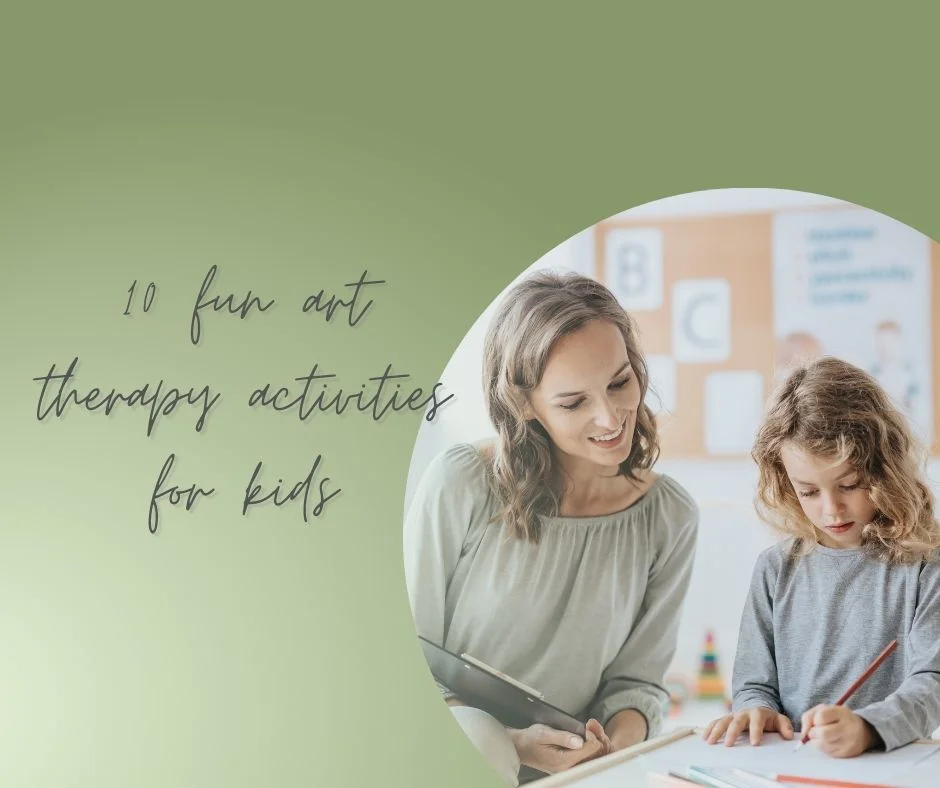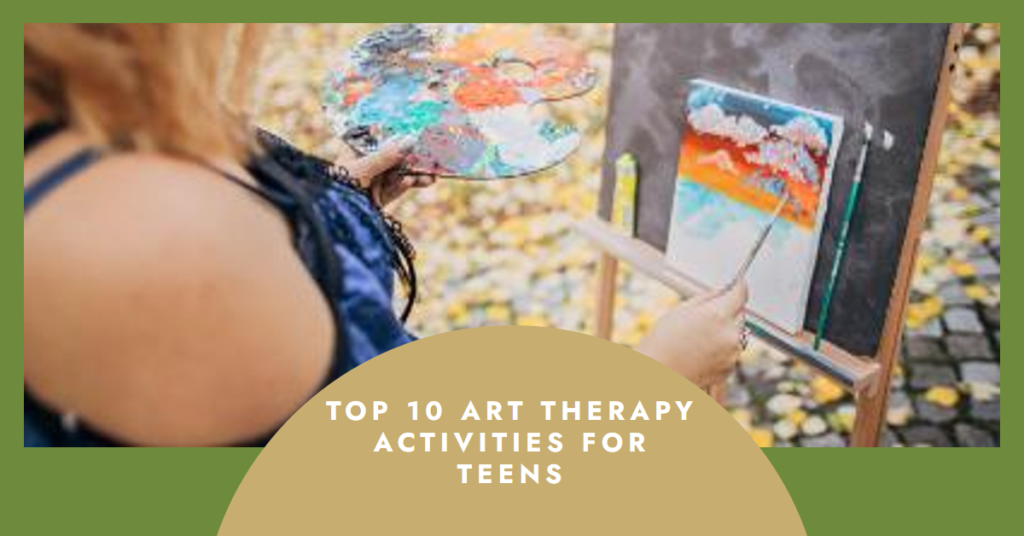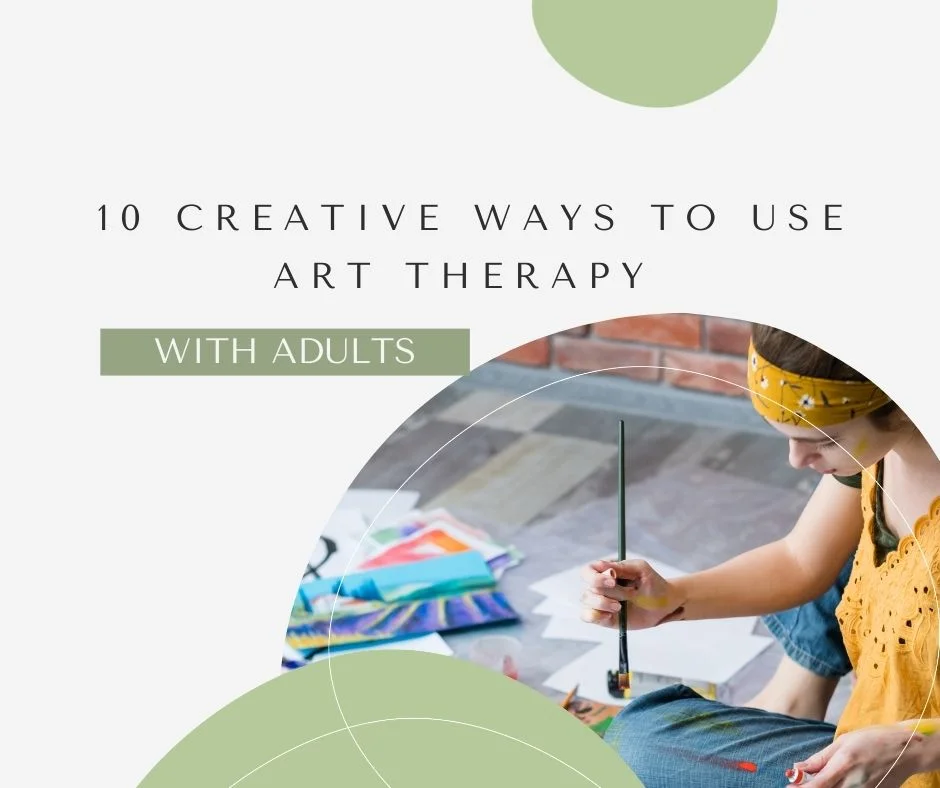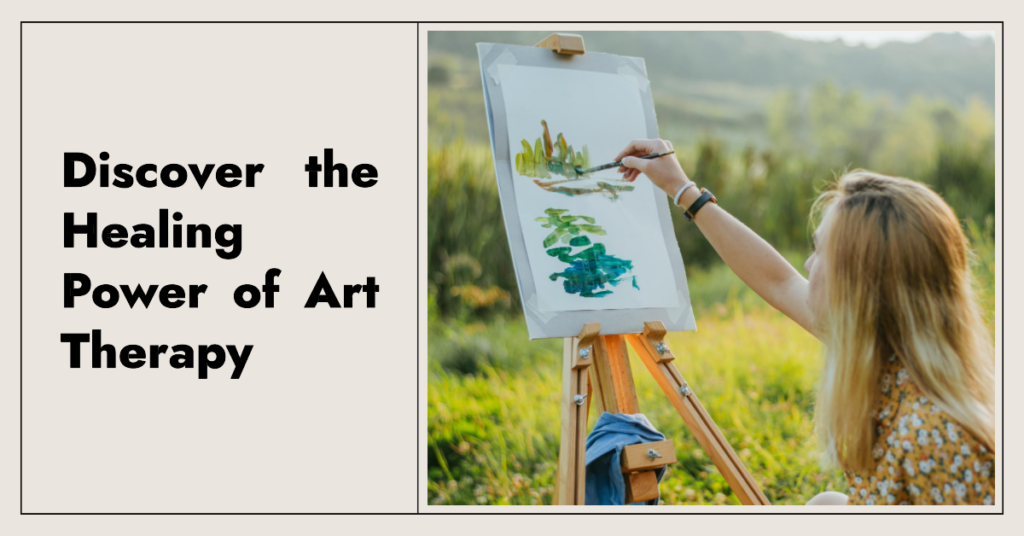10 creative ways to use art therapy with children

Art therapy is a form of therapy that uses art to help people communicate and explore their emotions. It can be helpful for children who have difficulty expressing themselves verbally because art provides them with a nonverbal way to communicate.
In addition to helping children express their emotions, art therapy can also be helpful in promoting creativity, self-expression, and emotional healing. Here are 10 ways you can use art therapy with children:
What is art therapy and how can it help children?
Art therapy is a form of psychological therapy that uses art to improve children’s mental and emotional well-being. Art therapists work with children of all ages, abilities and backgrounds to help them express themselves, cope with stress and overcome difficulties.
Art therapy is based on the belief that the creative process can be healing and therapeutic. making art allows children to express themselves in a safe and non-threatening way. it can also help them process and understand difficult experiences. art therapy can be an effective treatment for children who have difficulty communicating their thoughts and feelings verbally.
Art therapy sessions usually use art supplies such as paper, colored pencils, paint, clay or scissors. art therapists may also use music, drama or other creative activities. art therapists are trained to understand the symbolism and meaning of works of art. They can help children interpret their own works of art and better understand their thoughts and feelings. Art therapy can be given individually or in groups. it can be given in schools, hospitals, outpatient clinics or private practices.

How to use art therapy at home or in the classroom
Art therapy is a form of therapy that uses art making to promote healing and self-expression. It can be used in individual or group settings, and it can be adapted to any age or demographic. Art therapy can be used at home or in the classroom to help children express themselves, cope with stress, and build self-esteem.
There are many benefits of using art therapy at home or in the classroom. Art therapy can help children express themselves in a safe and non-threatening environment. It can also help them cope with stress, anxiety and trauma. art therapy can also help build self-esteem and self-confidence.
Art therapists are trained professionals who can help children process their emotions and explore their creative potential. If you are interested in using art therapy at home or in the classroom, there are a few things to keep in mind.
First, it is important to create a safe and supportive environment for art making. Second, art materials should be accessible and appropriate for the child’s age and ability. Third, art making should be voluntary and not forced. And fourth, art making should be used as a way to promote communication, not competition.
By keeping these things in mind, you can create an environment in which art therapy can thrive.

10 fun art activities for kids
Art activities are a great way to get kids interested in art and creativity. Here are 10 fun art activities for kids that can be done at home:
- Give them a blank canvas and some paint, and let them do their thing!
- Get some recycled materials such as egg cartons, toilet paper rolls, and newspapers, and make sculptures out of them.
- Make homemade play clay and use that to make all kinds of shapes and figures.
- Hold a “painting day” where you lay out a large piece of butcher paper or a hanging cloth, and let the children do their thing with paints, markers, crayons, etc.
- Go outside and collect leaves, flowers, sticks, rocks, etc. and then make art with them! Stick the leaves on construction paper to make patterns or pictures, or make a collage of all the different materials.
- Make simple block prints by cutting patterns into blocks of foam or rubber (you can find them at most craft stores), then stamp them on paper or fabric.
- Finger paint! This is always a messy but fun activity for kids of all ages. Just put some paint on their fingers and let them do their thing!
- Cut shapes out of colored construction paper and let the kids glue them onto blank sheets of paper to make patterns or pictures.
- Paint with watercolors! This is a fun activity for younger children because they can’t really make much of a mess. Just give them some brushes and watercolors and let them experiment with making different colors and painting different subjects.
- Take a nature walk and collect interesting leaves, buds, flowers, etc. and then press them between the pages of a heavy book at night. The next day, your child can use these “nature stamps” to create art by stamping them on paper or cardstock.
These are just a few ideas – there are endless possibilities when it comes to art projects for kids! So get creative and have fun!
The benefits of art therapy for children
Art therapy is a form of psychotherapy that uses art making as a way to give people a means of self-expression.
The therapist and client work together to explore the client’s emotions and thoughts through art.
Art therapy can be beneficial for children because it can help them express themselves in a nonverbal way, explore their feelings, and gain insight into themselves and their relationships. It can also help improve communication skills, reduce stress, and increase self-esteem.
In addition, art therapy can be used to address specific problems, such as trauma, anxiety, or depression. If you are considering art therapy for your child, make sure you find a qualified art therapist who has experience working with children.

How to choose the right art supplies for children
Art therapy has been shown to be beneficial for children, art supplies play an important role in art therapy. When choosing art supplies for children, keep the following in mind:
- Age of child: Younger children will need art supplies that are safe and easy to use, such as colored pencils and large pieces of paper. Older children can handle more complex art supplies, such as paints and clay.
- The purpose of the art therapy: If the art therapy aims to help the child express his emotions, then art supplies that are easy to use and give quick results, such as crayons and markers, may be more appropriate. If the art therapy is aimed at developing fine motor skills, then art supplies that require more precision and control, such as pencils and brushes, may be more appropriate.
- The child’s interests: If the child is interested in a particular type of art, such as painting or drawing, then art supplies related to that activity are more likely to keep the child engaged.
- The budget: Art supplies can range in price from very inexpensive to quite expensive. It is important to choose art supplies that are within the budget and still high quality.
Choosing the right art supplies for children can help ensure that art therapy is effective and enjoyable for the child. With a little planning and thoughtfulness, it is possible to find the perfect art supplies for each child.
Tips for setting up an art studio space for children
One of the most important things for children when it comes to art is having their own space to create. It’s a place where they can go to explore their imagination, experiment with different media, and just have fun! If you’re thinking about setting up an art studio space for your kiddo, here are a few tips to get you started:
- Make sure the room is well lit – good lighting helps them see their work better and avoid tired eyes.
- Choose a comfortable temperature – too hot or too cold and they will be more focused on trying to adjust the temperature than on making art!
- Consider investing in some supplies for art therapy – art therapy has been found to be extremely beneficial for children, especially those struggling with anxiety or depression.
- Keep the space tidy – a cluttered studio can be really overwhelming and make it difficult for them to find what they need.
- Encourage them to use all kinds of mediums – from crayons and markers to paint and clay, there are so many ways they can express themselves.
By following these tips, you’ll be well on your way to creating a space your kiddo will enjoy spending time in!
Guidelines for setting up a healthy art routine for kids
Art is a great way for children to express themselves. It can also be therapeutic, helping to reduce stress and promote mental well-being.
If you want to set up a healthy art routine for your kids, here are a few guidelines to keep in mind.
First, make sure the art materials you use are safe and nontoxic.
Second, create a dedicated space for making art, free of distractions.
Third, set aside some time each day or week for making art, and stick to a regular schedule as much as possible.
And fourth, don’t be afraid to experiment – try different media, styles, and techniques.
By following these guidelines, you can create a healthy art routine that will benefit your children both physically and emotionally.

The importance of creativity in child development
art therapy is a form of creative expression that has been shown to be beneficial for children. It can help them develop important life skills such as communication, problem solving, and dealing with emotions.
Art therapy can also be used to increase self-esteem and self-confidence, and to promote healing after trauma.
In addition, art therapy can help children express themselves in ways that verbal communication may not be able to. For all of these reasons, art therapy is an important part of child development.
By encouraging creativity and self-expression, art therapy can play a vital role in helping children grow and flourish.
How to foster a love of art in your children
Many children love art and naturally gravitate toward creative activities, but some may need a little extra encouragement.
There are a number of ways to foster a love of art in your children. One is to provide them with opportunities to be creative.
You can do this by setting up a special art room in your home with crayons, coloring books, paints and other craft supplies.
Another way to encourage creativity is to take your children on regular visits to art galleries, museums, or studios.
You can also enroll them in art classes or sign them up for art therapy sessions.
By exposing them to different forms of art and giving them opportunities to be creative, you can help spark a love of art in your children.
FAQs on using art therapy with children
Art therapy is a form of therapy that uses art as a means of communication. It can be used to help children express their feelings, process problems, and improve their self-esteem.
Art therapy is also an effective way to reduce stress and promote relaxation. If you are considering using art therapy with your child, you may have some questions. Here are some of the most frequently asked questions about art therapy for children.
What is art therapy?
Art therapy is a form of psychotherapy that uses art as a means of communication. It can be used to help children express their feelings, process problems, and improve their self-esteem.
How does art therapy work?
Art therapy works by providing a safe and relaxed environment in which children can express themselves through art. The therapist will often use art activities to encourage children to talk about their feelings and thoughts.
What are the benefits of art therapy?
Art therapy has many potential benefits for children, including improved communication and social skills, increased self-esteem, and reduced stress.
Is art therapy right for my child?
Art therapy may be appropriate for your child if they are experiencing difficulties in school or at home, have low self-esteem, or are struggling to cope with a traumatic event. However, it is important to talk to a qualified art therapist before beginning treatment.
Books to start learning art therapy
Finding the right book on art therapy can be tricky because there are many different titles available on the subject. However, a few notable options are“Introduction to Art Therapy Research” by Lynn Kapitan,“The Creative Connection: An interactive Art Devotional that combines Mental Health and Spirituality” by English editionBreanna Patricia Reed, and“Drawing on the Right Side of the Brain” by Betty Edwards.
Each of these books offers a comprehensive overview of art therapy, explaining the basics of how it works and providing tools and techniques that can be used to improve mental health and well-being. With so many excellent resources available, there is no longer any excuse not to explore the world of art therapy.
If you still have questions about art therapy for children, don’t hesitate to speak with a qualified art therapist.

If you are interested in learning more about art therapy and how to apply it with children, we have the perfect training program for you.
Our online art therapy practitioner training will teach you everything you need to know about this growing field.
Enroll today and begin your journey to help children heal and grow through art.











Responses